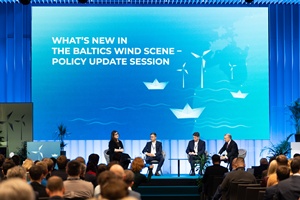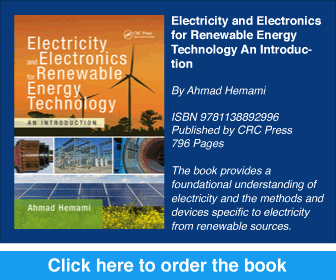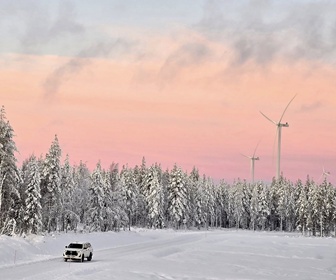 The Baltic States could generate up to seven times more energy than they consume, with offshore wind expected to make up around 60% of this potential, experts agreed at the WindWorks. Powering Economy conference in Riga on 24 April. Around 500 participants attended in person, with 1,400 joining online.
The Baltic States could generate up to seven times more energy than they consume, with offshore wind expected to make up around 60% of this potential, experts agreed at the WindWorks. Powering Economy conference in Riga on 24 April. Around 500 participants attended in person, with 1,400 joining online.
Darius Maikstenas, head of Ignitis Group, stated that Lithuania aims to fully meet its energy needs with local renewables by 2028. He urged the Baltics to invest now to become major energy exporters, supported by the return of industries to Europe and a planned 2 GW interconnection with Germany. Labour shortages are expected to be offset by automation and artificial intelligence.
Immediate investment in renewable energy, particularly wind, is critical as development could take seven to eight years. In Latvia, discussions focused on introducing a state aid system such as a contract for difference (CfD) to attract investment and maintain low electricity prices. A CfD would stabilise revenues for wind energy projects by compensating for price fluctuations.
Giles Dickson of Wind Europe highlighted that each wind turbine contributes around €16 million to the economy. Offshore wind is also driving port development, with Liepaja port aiming to support offshore infrastructure.
Latvia's Ministry of Defence plans to enable wind farm development across most of the country from 2028, excluding a 15-kilometre zone near the eastern border, supported by the installation of six new military radars.
---
Baltic States, Latvia, Lithuania, Estonia, WindWorks, offshorewind










